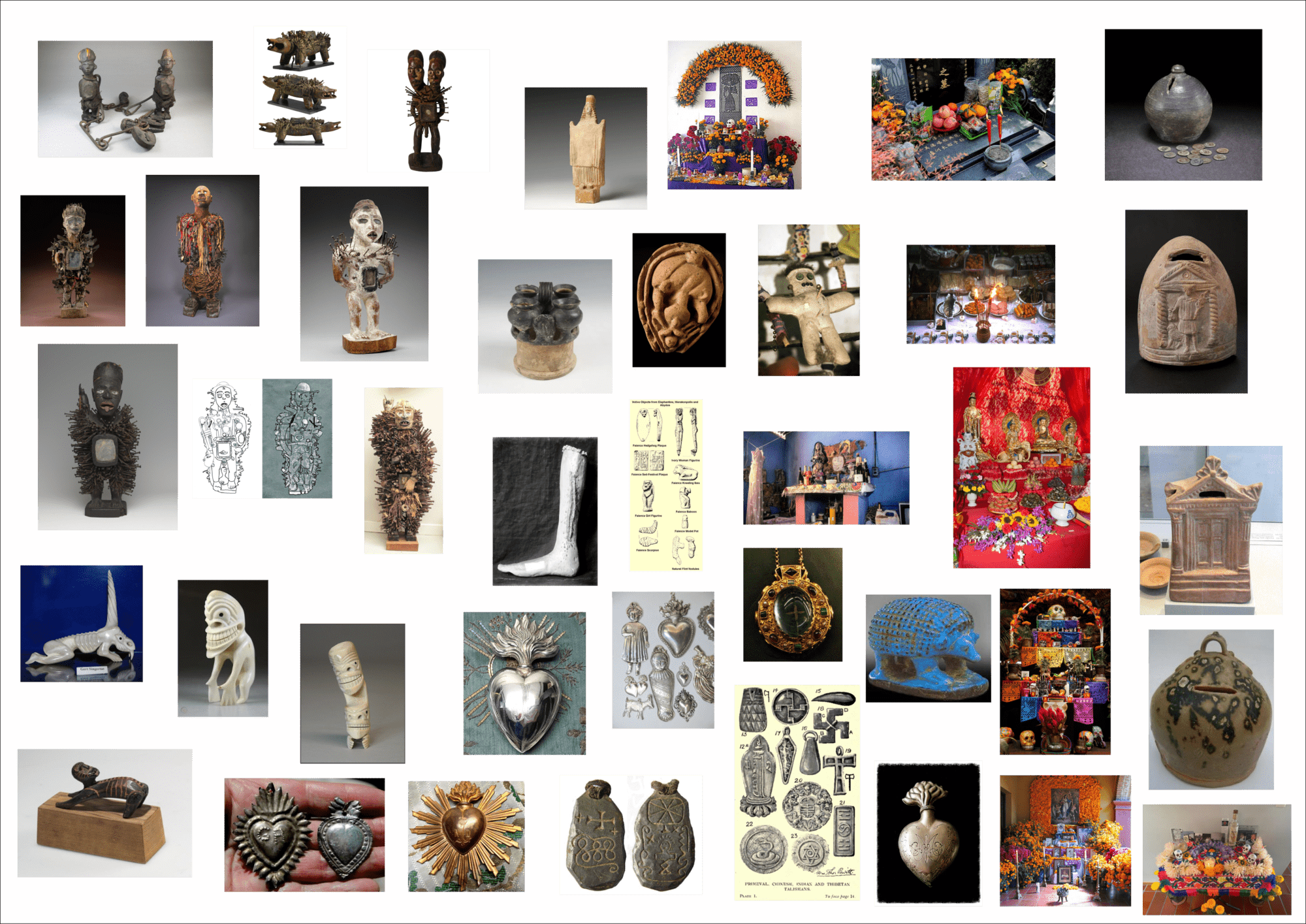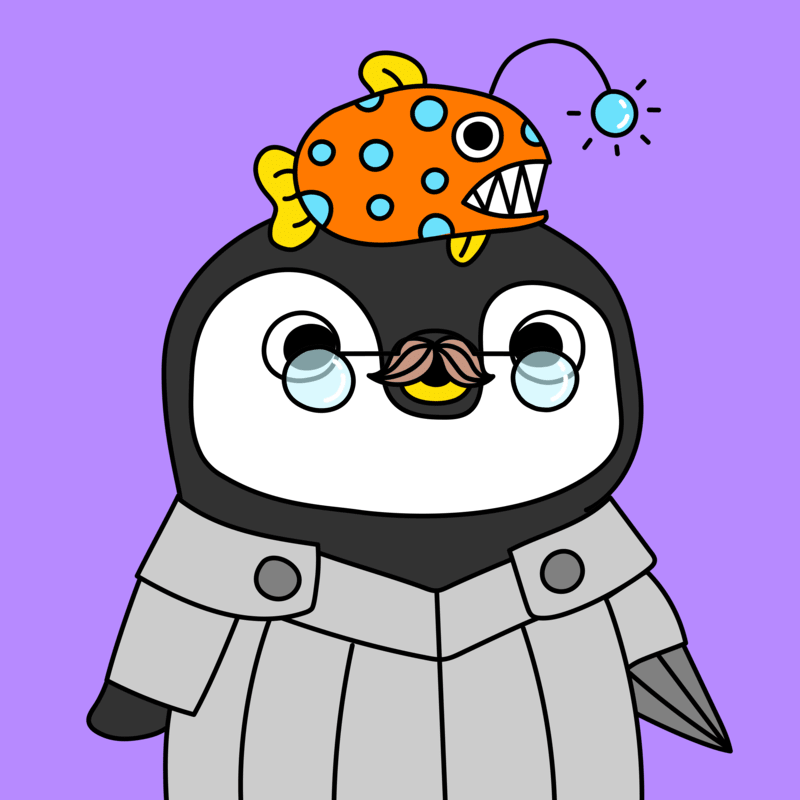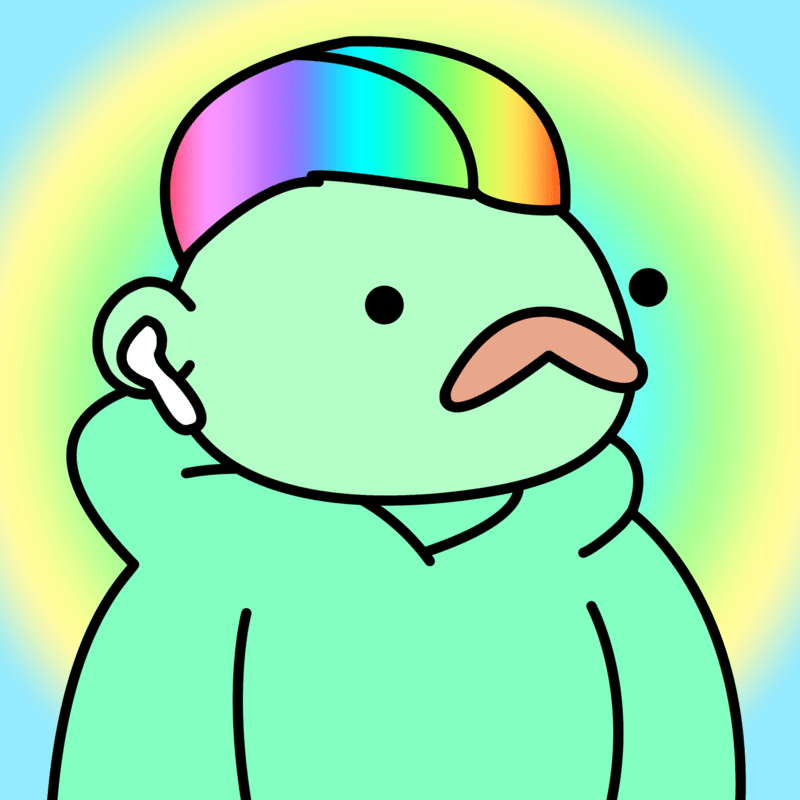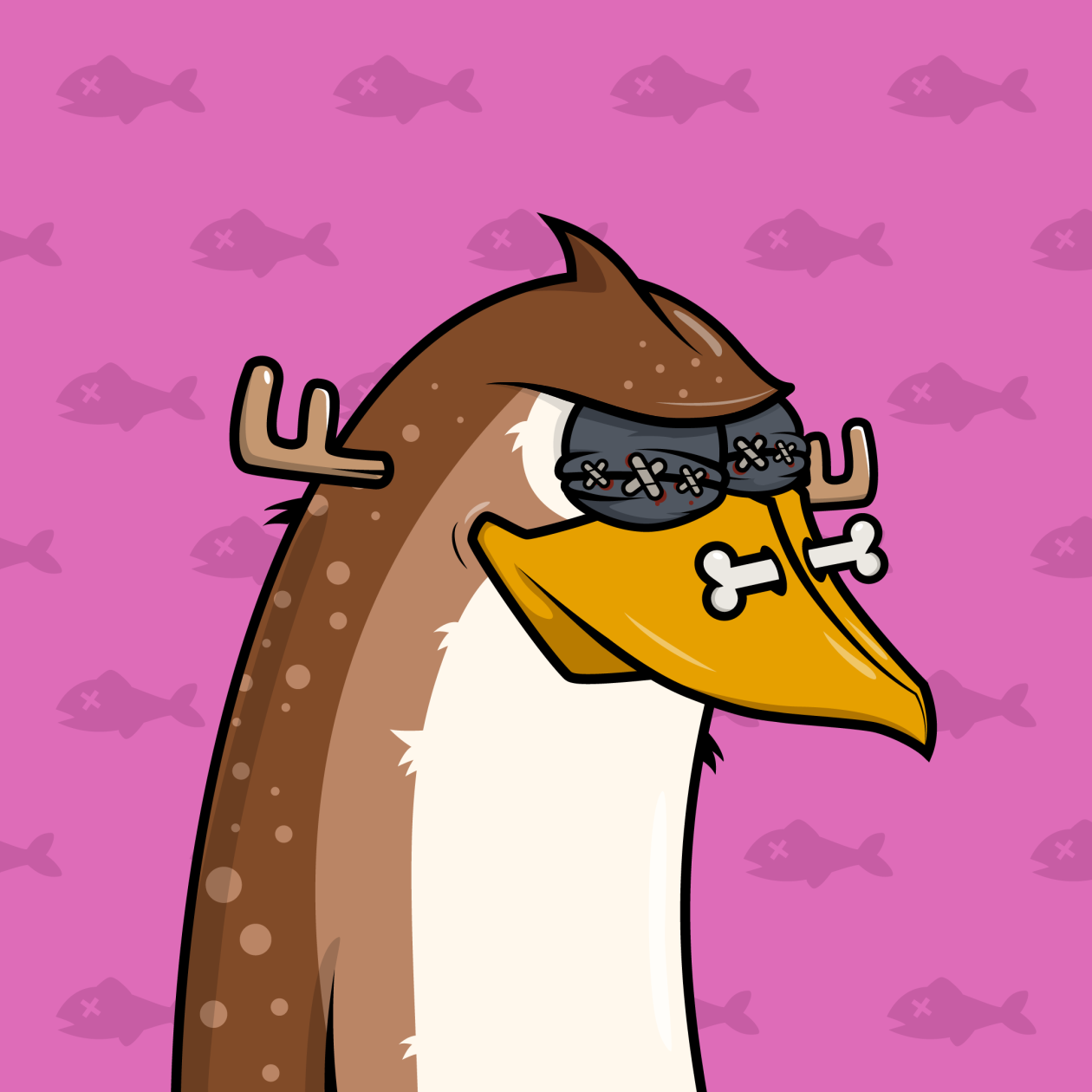Andrew Badr
A longtime admirer (and practioner) of software art has become an avid collector of generative work.

In March, the NFT platform Zien released Sea of Redemption by Shezad Dawood. The collection’s lore features the Mermes, gooey tentacled beings that, eons ago, emerged from the oceanic depths and attached themselves to marine animals to create a rhizomatic civilization. Zien and Dawood conceived a novel promotional mechanism inspired in part by this Lovecraftian mythos: would-be collectors could get a spot on the allowlist by sacrificing an NFT to the merme.eth address, the so-called “Redemption Wallet.” They received more than a hundred NFTs this way: a misfit gallery of tokens from projects pumped during 2021’s bull market and then abandoned. Playing on the overlapping lexicons of transaction and religion, Dawood offered collectors a chance to redeem their bad purchases for something more promising. There’s also a kind of perverse delight to the idea of so many totemic PFP land animals—penguins, cats, primates, and so on—being sacrificed at the altar of the aquatic Mermes. The contents of the Redemption Wallet can be perused on merme.eth’s OpenSea page, and they’re featured in an online exhibition by the curatorial protocol JPG. Dawood spoke to Outland about his longstanding interest in the ocean, his past experiments with digital media, and the process of developing an NFT collection that responds critically and playfully to the market’s dynamics.

While in Barcelona on a residency, I learned about the Pakistani community there. My origins are in Karachi. There’s a frisson somehow between Barcelona and Karachi—both cities by the sea with complex histories of migration. Barcelona was a bit of a bizarre homecoming because it brought back memories of my childhood—going as a small boy to Clifton Beach, where giant marine turtles would come and lay their eggs in the early hours of the morning. You could hide behind a rock or a dune and watch. It was one of the most miraculous things I ever witnessed. Karachi by the sea had a wild Islamic Coney Island vibe. But I’ve always been fascinated by the sea, and the wonderfully iconic and problematic figure of H.P. Lovecraft—and of course Jules Verne, whose Captain Nemo is actually Sikh, an anti-colonial warrior. These histories get buried as the texts are normalized. I love stories where science and fiction warp and weave our whole collected history as a set of interpolated fictions and mythologies.
I started experimenting with VR in 2013. I’d already worked in experimental film for a long time. This one anarchist coder friend of mine came to a talk where I spoke about film and immersion, and my use of 5.1 or 7.1 arrays and spatialized sound, and he encouraged me to try VR. As an artist filmmaker, you’re often thinking in a nonlinear way—you’re not really working from a narrative script. So things segue quite naturally into the VR space. I was reluctant at first because I remembered the ’90s, when I was quite disappointed with the expectations versus reality in that incarnation of VR technology. But this friend persuaded HTC to give me a headset—this was about three years before they went consumer.
It always takes me a few years to develop an idea, and in this case I developed a VR piece for my 2016 exhibition “Kalimpong,” about a small town in the Indian Himalayas that in the first half of the twentieth century had been a site for cryptozoology and espionage. VR, even more than film, allowed me to play with multiple timelines, with the idea of archiving history and the fantastic. I wasn’t sure anyone would actually go and use it. But suddenly I was appearing on lists of the top ten artists working with VR and digital technology. It was a total shock. The gallery was booked weeks in advance, and people were coming back to it multiple times. So it was an absolute, unanticipated success. I’ve carried on working with VR, and my show that just opened at WIELS in Brussels includes a new two-player VR that incorporates choreography and experimental music.

Because of that success, I’ve had a number of people approach me about NFT projects in the last few years. Although I had thousands of digital assets sitting in my archives, I wanted to wait for someone who could take a more conceptual approach, with more critical reflection on the space. Zien was the ideal partner. A few people asked, “Why are you going into this during a bear market?” But that’s the moment when it becomes really interesting. It’s the perfect moment to launch a left-field take on the space. I was drawn to the idea of NFTs as votive or fetish objects, and I’m especially interested in the notion that the votive is not just an object but holds a subjective deity or spirit. Tom Mouna from Zien put together an amazing grid of different kinds of votive objects and aesthetically or formally corresponding PFP projects. I also wanted to bring in the marine theme, and Tom sent me a chart of crypto holders. “Whales” have entered the popular parlance, but there’s actually a whole taxonomy of marine species to rank Bitcoin holders, right down to “shrimps.” It was a readymade of the most wonderful kind. Then we added plankton because I’m really interested in zooplankton and phytoplankton, along with some other species that weren’t in the crypto hierarchy. This scheme let us play with notions of collectability and rarity. I’ve been studying the conflict behaviors in algal blooms in the ocean. Species will bloom and combat each other for photosynthesis and nutrients. Then at some point they all massively die off in a huge act of altruism that feeds all the species all the way down to the sea floor. There are so many echoes with the competition and mutuality and altruism that exist in the crypto space. There have even been superficial correspondences, like Sea of Redemption and OpenSea.
“Redemption,” of course, is a process of alchemy or transformation, a death and rebirth and a redeeming of the sins of the masses. We came up with a way to invite people in a bear market to jettison the shitcoins they bought that are slightly cringe-worthy. What else are they going to do with these things? Let’s play with them. Let’s think about a way to confess your sins and be forgiven and be rewarded. For allowlist access you could sacrifice to the merme.eth Redemption Wallet, and we got more than one hundred sacrifices.

We left enough openness to allow for organic conversations and extensions of the project. In phase one, you didn’t know what species you’d get when minting. There was a built-in scarcity, because there’s plenty more plankton in the sea than humpbacks. That’s also a comment on human impact on the environment through our rapacious consumption. Phase two allows trade-ups. Collectors can sacrifice species for specials or super-specials that show the Mermes becoming terrestrial, an agrarian civilization that predates humanity by 40 million years—we were enjoying the Lovecraftian stylings behind the scenes. They’re amoeba-like structures that fuse to become these huge networked intelligences but they each retain their subjectivity. I love challenges to what we think of as our place at the top of the food chain—that there are all these other forms of intelligence that can map in different ways, whether it’s siphonophores in the ocean or mycelium on land. So that went into my thought experiment of the Mermes and their evolution. We still don’t know what we’ll do with the plankton and shrimp and other lesser species that get returned to the merme.eth wallet. I’m of a mind that we just burn them. We want to hang on to the original set of other people’s PFPs that were consigned to the wallet. But the Sea of Redemption NFTs that were sacrificed for trade-ups can be destroyed.
I like the idea of reducing supply and making it more exclusive. A lot of the specials and super-specials have been minted, which happened a lot faster than we anticipated. People native to the crypto space move at a different speed to those in the traditional art world. I’m curious to see how collectors—and potentially art institutions—come to the project. I think that will be a phase three migration: collectors trying to amass sets from the remaining pool. There are physical redemptions to come as well, and collectors will be able to obtain sculptures, but we’ve focused on the digital side of things so far. I never wanted a project that was just a drop and then over. That wouldn’t have been in line with how I like to work with audiences. It’s just been wonderful to have a new set of conversations that have enriched my practice.
—As told to Brian Droitcour
